This is a review from way back, issue 10 to be exact. But, as we are just getting our hands on the current RP8, it might be interesting for some of you to revisit our thoughts on the P9 and the excellent Apheta phono cartridge.
We usually review cartridges as separate items, but because this is Rega’s first moving coil cartridge (and it has been in development for a few years)designed to mate perfectly with a Rega arm, especially their flagship RB1000 arm featured here on the P9, a joint review it is.
In case you are not familiar with this turntable and cartridge, the P9 has a suggested retail of $4495 and the Apheta Moving Coil cartridge is $1695. The accessory Tungsten counterweight is an additional $100. This is definitely a serious turntable, folks. Rega has been steadily moving upmarket with their P5 and P7 models, which are great turntables in their own right, but the P9 is the flagship and having spent time with both of them I feel that the P9 is really in a class all its own. (Ed. Note: These are now $4,995 and $1,995 respectively and the P9 has just been discontinued)
I enjoy Regas understated elegance. If you want a big, bulky turntable, that screams “dig me”, the P9 is not going to be your cup of tea. At first glance the P9 looks like a P25 with a larger wood base, but that would be missing the boat. Don’t let the subtle styling fool you; a peek under the traditional felt mat reveals a high tech ceramic platter, with a machined sub platter beneath. The plastic part in the P3 and P25 is gone.
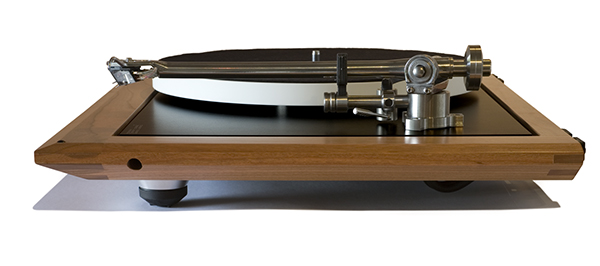 Cast your glance aside to the RB1000 tonearm. According to Rega, it takes one technician as much time to hand assemble and adjust an RB1000 arm as it does to make 30 RB300’s and it shows the first time you pick that tonearm and set it down on a record. Definitely a work of art.
Cast your glance aside to the RB1000 tonearm. According to Rega, it takes one technician as much time to hand assemble and adjust an RB1000 arm as it does to make 30 RB300’s and it shows the first time you pick that tonearm and set it down on a record. Definitely a work of art.
And the idea that Rega has a moving coil cartridge, is also pretty exciting. Designed from the ground up, they have eliminated the tie wire and foam damper found in conventional moving coil designs. The result is indeed, very clean sounding with a tremendous amount of detail on tap. As much as I like the sound, I love the clear body, allowing you a peek inside, a nice touch! A more in-depth technical analysis of the new arm and power supply, can be found on the Rega website.
Thanks to a power supply that is the same size as a Rega integrated amplifier, you no longer have to pop that platter and move the belt on the pulley to get 45rpm playback. Just plug in the umbilical cord, turn it on and choose the speed you want.
I can’t imagine that there is anyone out there who hasn’t heard of Rega, or even owned one at one point in time. My guess is if you did, it was probably a P2 or P3. Aside from the Linn LP-12, the Rega P3 is probably one of the best selling turntables in history; certainly if we are talking about belt drive tables. (NO Surly emails from Technics SL-1200 owners!!)
Like anything that has been around for a long time, there are a number of misconceptions, urban myths and other bits of misinformation floating around. So let’s get the BS out of the way and clear the air. Here are the Rega myths exposed and explained once and for all:
Rega turntables don’t have good speed accuracy, they tend to play a little fast.
Way back in the beginning of the companies tenure, some of their tables did play a smidge fast but that has not been an issue for many years now. The engineering staff at Rega has painstakingly worked to rid themselves of this problem and they are so particular, they actually measure speed with a record playing to take the drag from tracking a groove into account.
Even with the P1, this issue is LONG a thing of the past and our review sample has perfect speed accuracy. A new belt solved the slight speed issue with my own P25, so check this first if you are having an issue on an older table. Most turntable manufacturers suggest changing the belt yearly or at least every other year.
Rega turntables don’t have deep bass, they sound a little thin.
This one is a matter of personal taste. I have always found the P2, P3 and P25 to have more of a “fast” sound compared to other tables in its price range, with fantastic detail retrieval and smooth midrange. One mans fast is another mans thin. In all fairness, my bias is towards minimonitors and panel speakers so I’m not a big bass freak to begin with. However even on a full range system, Rega tables have always come across as well balanced and bass has never been an issue. Perhaps those complaining of thin bass response did not have the VTA set correct – this can be an issue with other manufacturers cartridges, but easy to remedy.
You can’t adjust VTA on a Rega and hence can’t use other manufacturers cartridges very easy.
Again, not true. Granted, it’s not as easy to adjust the VTA on a Rega table as it is on an SME, but should you decide that you would like a cartridge other than Rega (which have a 14mm stylus to top of the cartridge body distance) there are a few options. You can use one of the aftermarket VTA adjustment devices or if you measure this distance on your cartridge, chances one of Rega’s tonearm shims will do the trick. They now have these available for the RB250/300/600 arms as well as the RB700/900/1000 arms and you can just order whatever combination you require from your dealer in 2, 4 or 10mm thicknesses.
That felt mat drives me nuts, I’ve had way better luck with (insert mat of the week here)…
Just shut up and use the felt mat. It works just fine, especially when you are spinning a lot of records in a listening session. You can just leave the platter spin and change records, fantastic! Let’s get back to the job at hand and talk about the P9. Right.
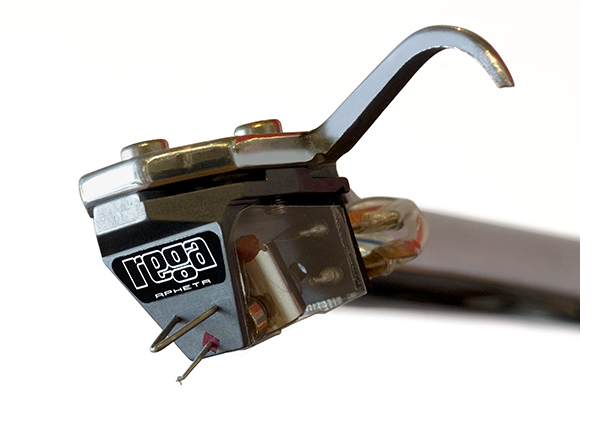 Initial setup
Initial setup
The P9 arrived with the new Apheta moving coil cartridge installed, but it can be set up in a jiffy yourself, should the need arise, thanks to Regas three point mounting system. Attach the wires, insert the screws and you are good to go! No adjustments to make, just tracking force (1.75g) and Anti-skate; not quite as easy as putting a CD in the drawer, but the easiest turntable setup you’ll ever experience. Five minutes and you will be playing records! I dare you to accomplish that with any other $6000 record player.
Loading is the secret to making the Apeheta sing. At least 100 ohms, 50-75 if you can and a touch lower if you’ve got it. If you only have a 1000 ohm setting on your phono stage, there is a high probability that you will find the Apheta bright. Anything higher than that and you will definitely find it bright and possibly way too bright.
Setting the Modwright 9.0 SWLP to 50 ohms and the BAT VK-10SE at 33 ohms was perfect. Down here, the cartridge can still breathe and the top end is smoothed out very nicely. All of my serious listening was spent with the ModWright, because I felt that this was a good match financially as well – a $3k phono stage is probably a more realistic combination for a $6k turntable than a 7k phono stage. However, the P9/Apheta combination has enough resolution to justify it, should you decide to go there.
A great first impression
Often times, first impressions really do stick with you and getting the P9 out of the box was quite a surprise. I was very impressed with the table right away, with the P9 offering a much bigger and more powerful presentations than past Regas I’ve listened to. If you were on the bubble and in the “Rega tables sound a bit thin” camp, you can flush that misconception down the toilet. The P9 has a very authoritative presentation, especially in the lower registers.
The first record I put on that familiar felt mat was Patti Smiths Trampin’. The first song on side two, Cartwheels has some very deep bass riffs that were reproduced with the usual Rega texture but a lot more weight than I’m used to. The next cut, Ghandi has a lot of air and some very tasty drum fills over the top of some very strong bass parts too. What the P9/Apheta combination excelled at was keeping everything placed about the soundstage, without losing focus or grip. Some cartridges I have heard in this price range get mushy when the music gets texturally complex, but not the Apheta.
This is when you know that you are listening to first class analog, the sense of air and texture is there along with plenty of detail, yet lacking in grain. The more I listened, the more I was impressed with the Apheta cartridge and marveled at how it had a speed, extension and clarity that I would normally associate with CD, yet with the smoothness I would expect from analog. Quite anomalous behavior from a company that didn’t even start making digital products until recently.
And their top of the line digital player has an amazing amount of the positive attributes of good analog. Very interesting indeed, but you will have to wait until our next issue to read about the Saturn!
It’s getting better all the time
The P9 ticks all the boxes at its price point; smooth, even frequency response, plenty of LF weight and definition, and enough PRAT to satisfy that crowd as well. Getting comfy with the Apheta only requires a short break in period – a few days will do the trick. Moving it out to the main reference system with the ASR Basis phono stage (again, loaded at 50 ohms) it was easy to compare to the SME 10. The Apheta is a fantastic match for the ultra low noise floor of the ASR, providing CD quiet backgrounds on pristine vinyl surfaces.
Moving through the gamut, listening began in earnest with the recent Willie Nelson album, Songbird, which was produced by Ryan Adams. This is a great album, with a lot of depth and spatial cues. Definitely one of those “delicate space between the notes” kind of records that really conveys Nelson’s vocals in a more soft-spoken manner. Same with the Johnny Cash American Recording album; the presentation of Delia was RIGHT THERE.
The P9/Apheta has such a good combination of resolution and ease, it makes for fatigue-free extended listening sessions. Load this baby wrong and you will curse it forever. Get it right and it is a very nice dose of analog bliss.
The Apheta works well with dense musical passages, regardless of whether it was ten layers of overdubbed guitars or the violin section in an orchestra, meaning the heavy metal fan and the orchestra lovers will be able to find peace here.
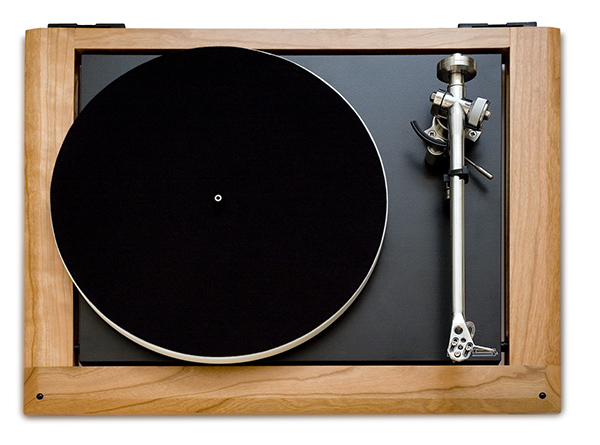
Exploring other options
Just to be thorough, I did spend some time mounting other cartridges to the P9 to see how well it would perform. Again, it passed with flying colors. My Sumiko Celebration has a 14mm stylus to top measurement, so it did not require any spacer, just a quick HTA adjustment and a rebalance of the tonearm. A bit more on the lush side than the Apheta, this might be a good combination for those needing a bit less detail than the Apheta offers. A pair of 2mm spacers made it easy to mount the Shelter 90x – another excellent choice for those wanting a more romantic presentation.
Tough to beat
Once you get to this price range in turntables, there is quite a bit to choose from and every table has its own characteristic sound. Right now I have an Oracle and an AVID Volvere here in the studio which are similarly priced and while I don’t believe in shootouts, I will say the P9 holds its own with the others in it’s class that I have at my disposal.
If I could change one thing on the P9, I would love to see it offered with a set of balanced connectors so those of us running a fully balanced phono stage could take advantage of the additional noise reduction this configuration offers. That’s my only gripe and it probably only applies to 2% of the people who might buy this table.
The Rega P9 excels by offering a mega analog experience with none of the hassle that you might expect from a high performance turntable. This is as close as you can get to close and play ease of use with this level of musicality and detail. Yes there are tables (at this price point) that might reveal a little more of this or that, but if there is another table for this kind of money that offers up this much music, yet requires NO setup expertise, Ill eat that felt mat.
An old friend of mine used to say, “Dude, why do you want a Rega, you can’t tweak it!” To which I would reply “Dude, that’s why I want a Rega, I don’t want to tweak it, I want to listen to records!”
And I still feel that way 28 years later. This one’s a keeper. Highly recommended.
The Rega P9 Turntable and Apheta moving coil cartridge
MSRP: Table: $4,995, Cartridge: $1,995 (tungsten counterweight, $100)
Manufacturer:
www.rega.co.uk (Factory)
www.soundorg.com (US Distributor)
Peripherals
| Cartridge |
Shelter 90x, Sumiko Celebration, Dynavector 17D3 |
| Phonostages |
Aesthetix Rhea, BAT VK-10 SE, ModWright 9.0SWLP, ASR Basis Exclusive |
| Preamplifier |
Conrad Johnson ACT2/series 2 |
| Power Amplifier |
Conrad Johnson Premier 350, Nagra PSA, McIntosh MC275 |
| Speakers |
Martin Logan Vantage, Tetra 506 Custom, Penaudio Serenade |
| Cables |
Tara Labs The One, Cardas Golden Reference |
| Accessories |
Furutech DeMag, DeStat, GIK acoustic treatments |




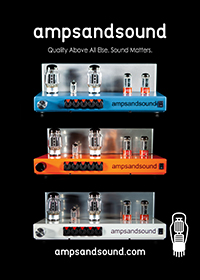

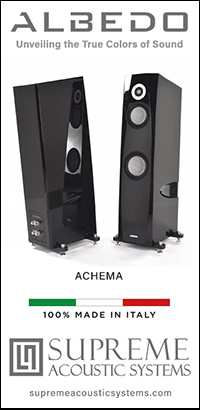

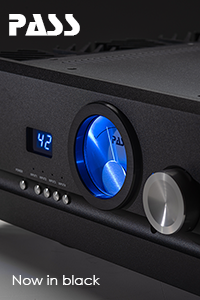
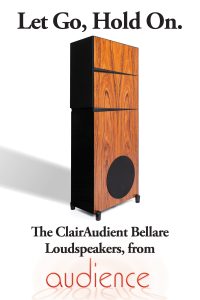
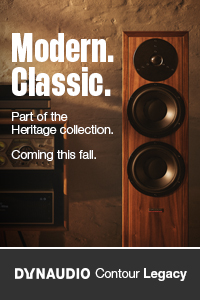

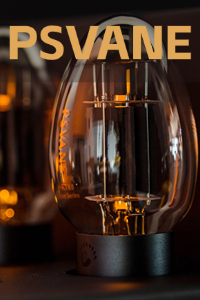
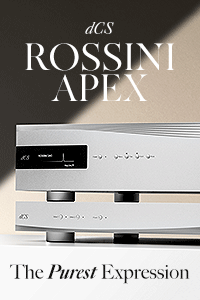

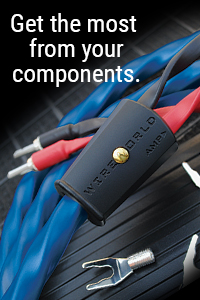
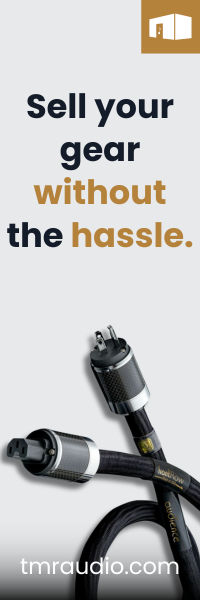
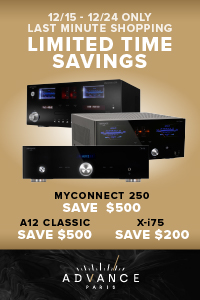

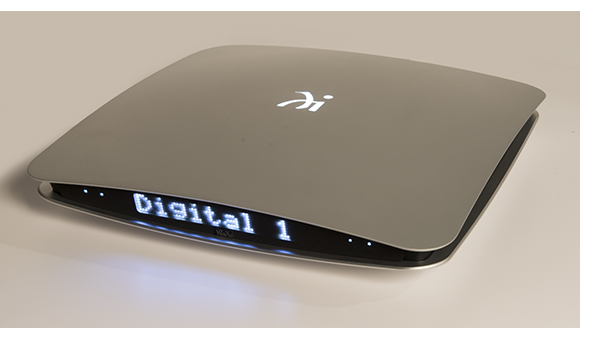 One of the most exciting products to hit this January’s Consumer Electronics Show, Wadia’s Intuition combines their latest DAC technology, combining the current version of their award winning Digimaster algorithm, a digital preamplifier, and a 350 watt per channel (into 4 ohms) high efficiency power amplifier.
One of the most exciting products to hit this January’s Consumer Electronics Show, Wadia’s Intuition combines their latest DAC technology, combining the current version of their award winning Digimaster algorithm, a digital preamplifier, and a 350 watt per channel (into 4 ohms) high efficiency power amplifier.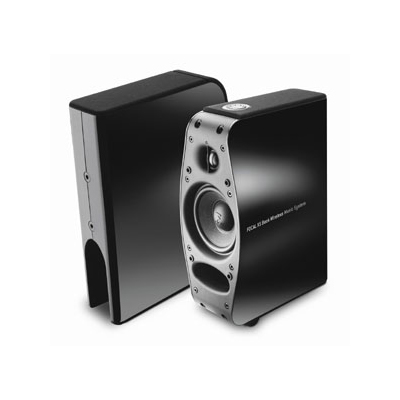 Focal has just added Bluetooth APT-X Wireless capability to their award winning XS Book loudspeaker range, making a great compact speaker system even better – and certainly more versatile.
Focal has just added Bluetooth APT-X Wireless capability to their award winning XS Book loudspeaker range, making a great compact speaker system even better – and certainly more versatile.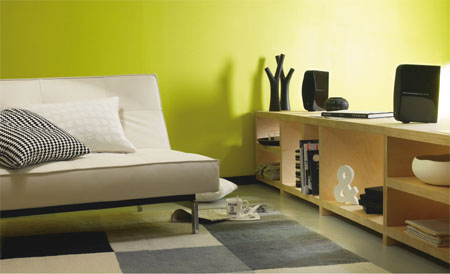
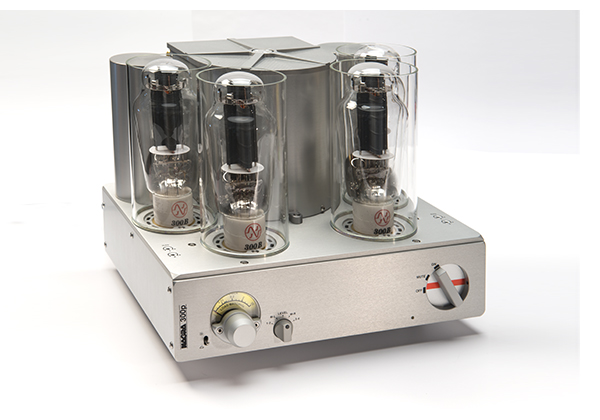 The long awaited 300B amplifier from Nagra is here….
The long awaited 300B amplifier from Nagra is here….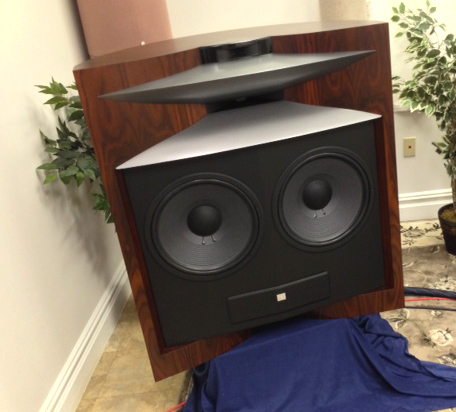
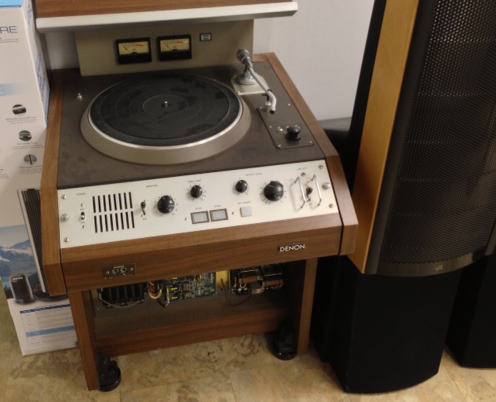

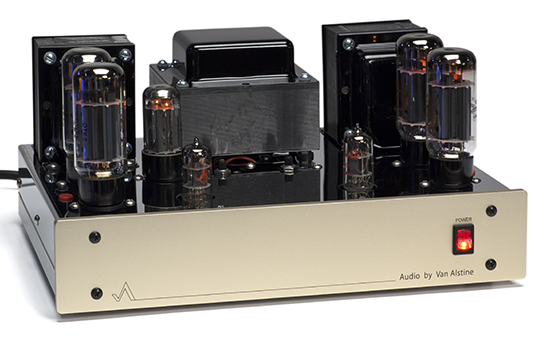 With so much excitement over tubes these days, here’s one that might have flown under your radar…
With so much excitement over tubes these days, here’s one that might have flown under your radar…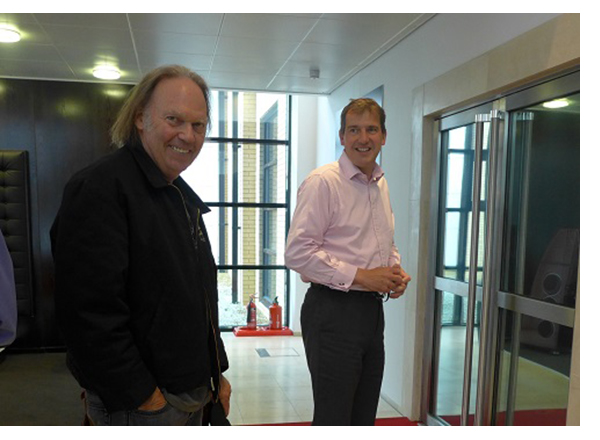 On a recent visit to the UK, Neil Young stopped by the Meridian facility in Cambridgeshire.
On a recent visit to the UK, Neil Young stopped by the Meridian facility in Cambridgeshire.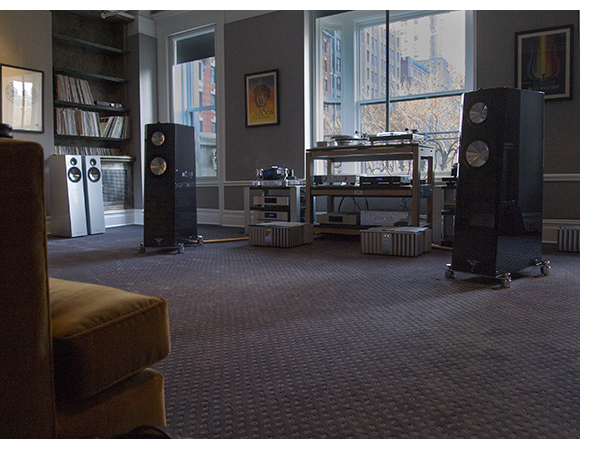 The magic that this system offers sums up what Audio Arts NYC brings to the table. Purchasing components at this level requires a well versed guide, someone capable of hand picking things that work well together for maximum effect and demonstrating them in a comfortable environment, lacking in clutter makes it easy to unwind and take it all in.
The magic that this system offers sums up what Audio Arts NYC brings to the table. Purchasing components at this level requires a well versed guide, someone capable of hand picking things that work well together for maximum effect and demonstrating them in a comfortable environment, lacking in clutter makes it easy to unwind and take it all in.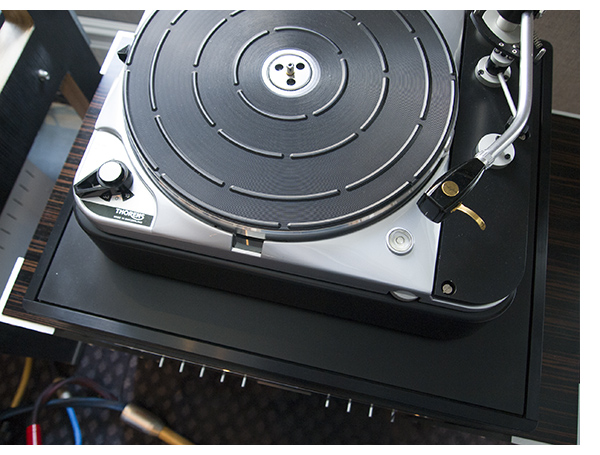 This deliberateness, and attention to detail, all the while celebrating the music that makes it all possible is what makes Audio Arts NYC so unique. I highly suggest an appointment.
This deliberateness, and attention to detail, all the while celebrating the music that makes it all possible is what makes Audio Arts NYC so unique. I highly suggest an appointment.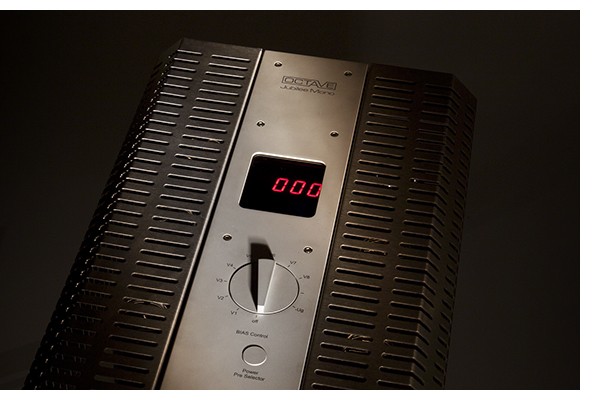 It’s easy to become smitten with a pair of large, high-powered, German tube monoblocks at first listen.
It’s easy to become smitten with a pair of large, high-powered, German tube monoblocks at first listen.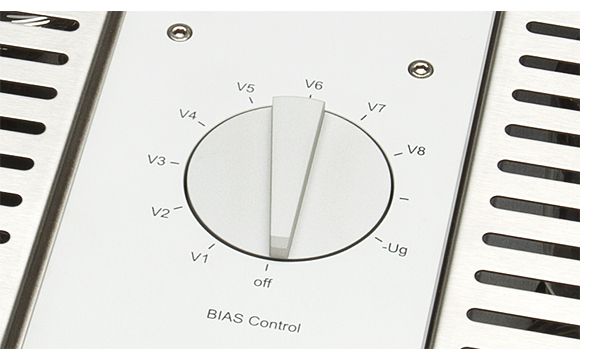 Tube and Reviewer Bias
Tube and Reviewer Bias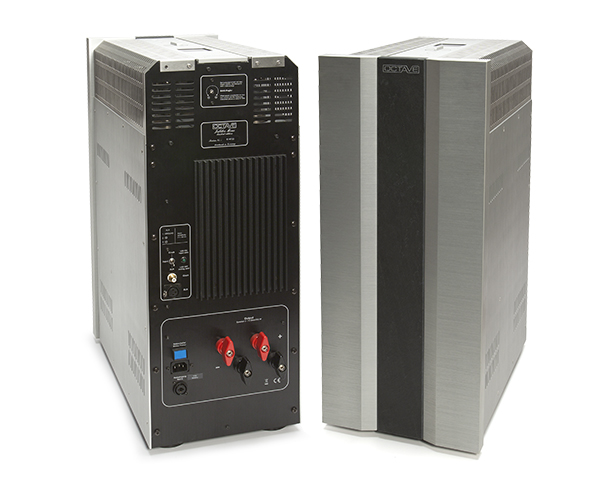 The Octave Jubilee Monoblock Amplifiers
The Octave Jubilee Monoblock Amplifiers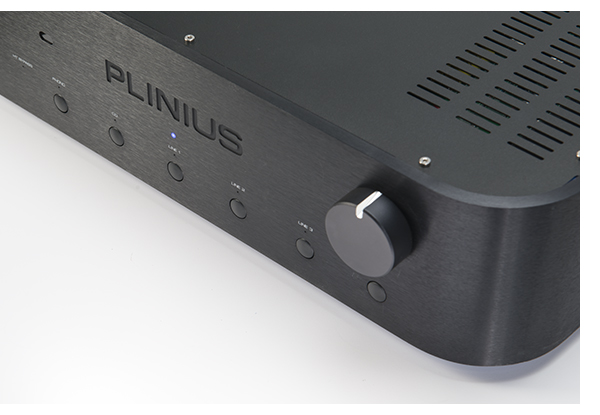 In case Plinius is a company that has slipped under your radar, they hail from New Zealand, and have been making incredible products for years now.
In case Plinius is a company that has slipped under your radar, they hail from New Zealand, and have been making incredible products for years now.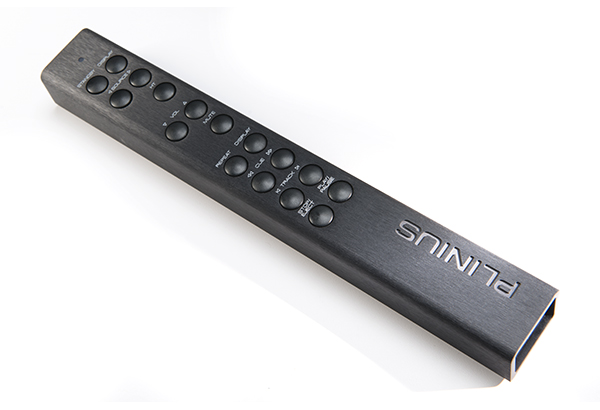 Further listening
Further listening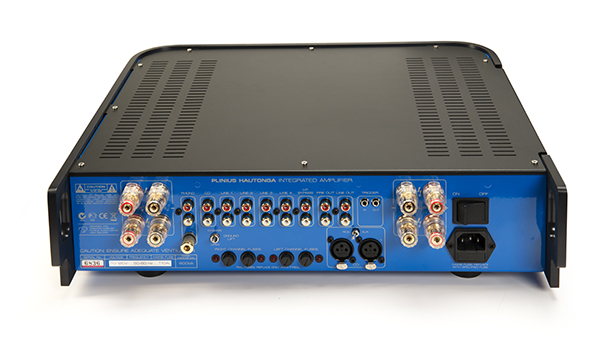 Rounding out the picture
Rounding out the picture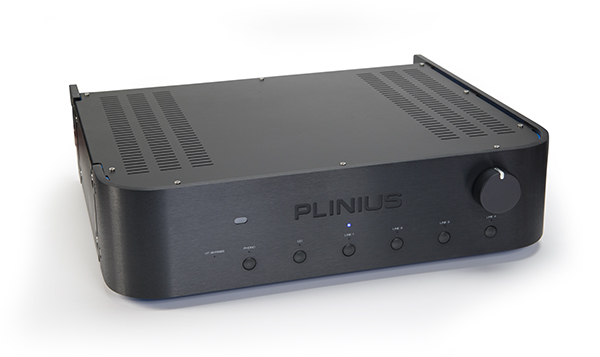 The Plinius Hautonga Integrated Amplifier
The Plinius Hautonga Integrated Amplifier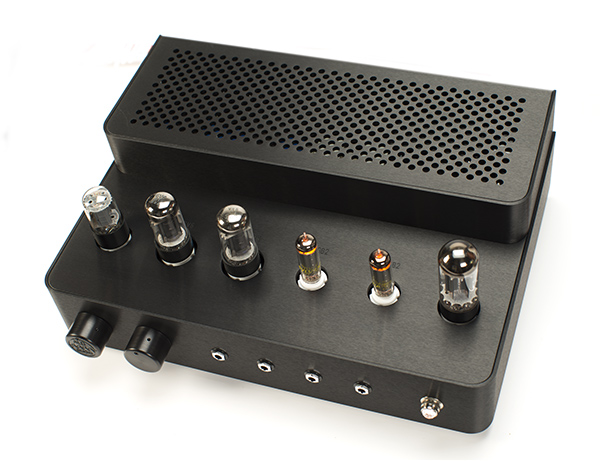 Stop the presses.
Stop the presses.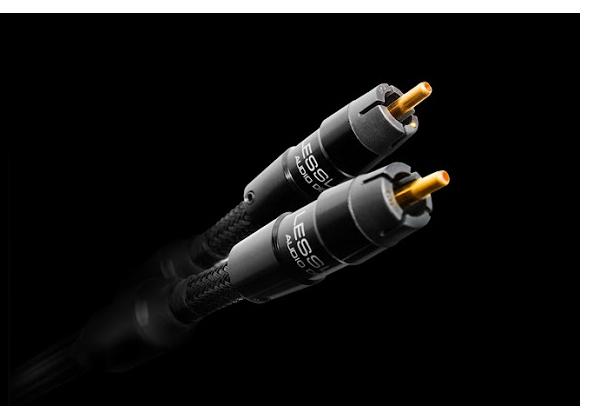 Mono & Stereo’s Matej Isak has been very excited about the entire LessLoss line of cable products, but here
Mono & Stereo’s Matej Isak has been very excited about the entire LessLoss line of cable products, but here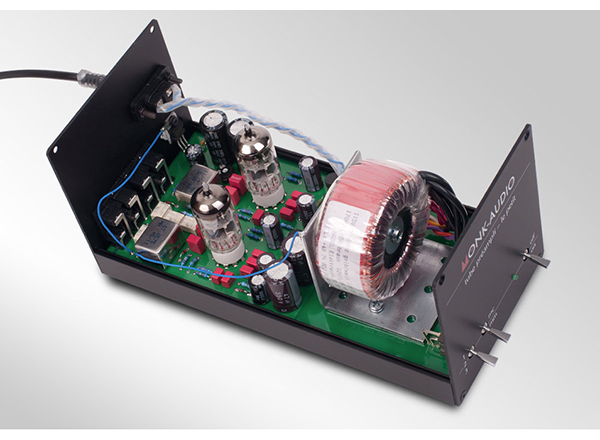
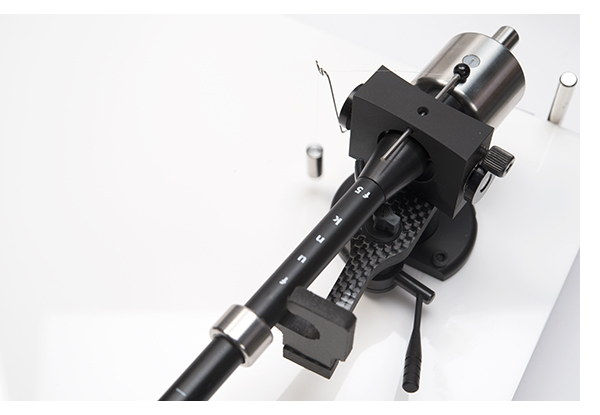 A Great Pickup Arm, All by Itself
A Great Pickup Arm, All by Itself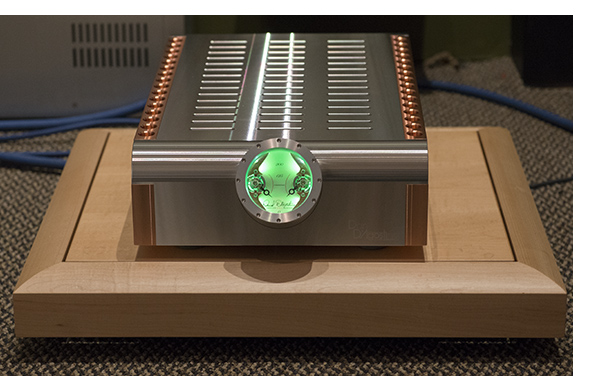 After listening to the D’Agostino Momentum stereo amplifier for a couple of weeks, with a variety of systems, I am convinced that this thing really does have some pixie dust of something from Area 51 under the hood.
After listening to the D’Agostino Momentum stereo amplifier for a couple of weeks, with a variety of systems, I am convinced that this thing really does have some pixie dust of something from Area 51 under the hood. In issue #53, we reviewed the Simaudio Moon 880M monoblocks, that produce a staggering 800 watts per channel, with the delicacy and control of a small amplifier.
In issue #53, we reviewed the Simaudio Moon 880M monoblocks, that produce a staggering 800 watts per channel, with the delicacy and control of a small amplifier.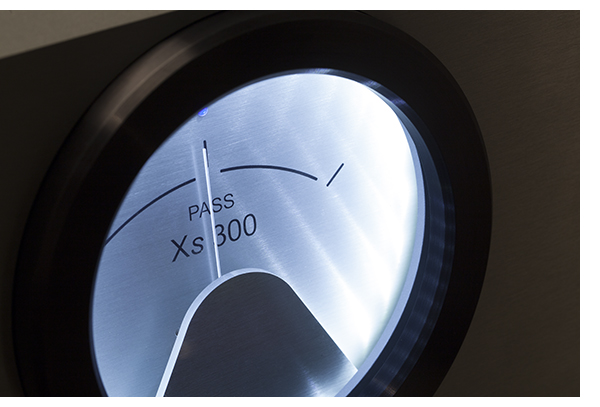 After about three years, I’ve worked my way to the top of the Pass Labs food chain.
After about three years, I’ve worked my way to the top of the Pass Labs food chain.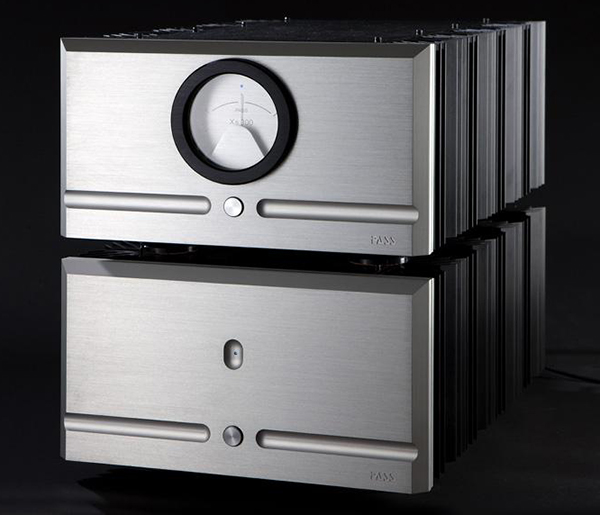
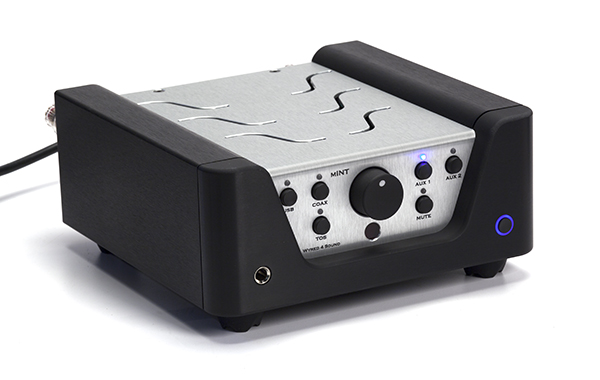 Central California’s Wyred4Sound has taken the high end by storm with their extensive line of Class D based amplifiers, DAC’s, and music servers.
Central California’s Wyred4Sound has taken the high end by storm with their extensive line of Class D based amplifiers, DAC’s, and music servers.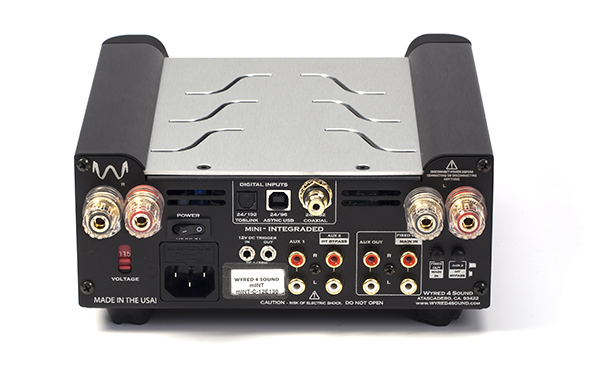 The three digital inputs work equally well, and performance is on par with many outboard DAC’s that are similarly priced. Eliminating some of the extra buffers and gain stages required with separate components pays big dividends here, giving the mINT high performance at a very reasonable cost. You could easily spend $1,499 on power cords and interconnects between a separate power amplifier, preamplifier and DAC, making this little marvel a major bargain. In addition, the mINT offers a headphone jack on the front panel, upping the fun and the value factor even further.
The three digital inputs work equally well, and performance is on par with many outboard DAC’s that are similarly priced. Eliminating some of the extra buffers and gain stages required with separate components pays big dividends here, giving the mINT high performance at a very reasonable cost. You could easily spend $1,499 on power cords and interconnects between a separate power amplifier, preamplifier and DAC, making this little marvel a major bargain. In addition, the mINT offers a headphone jack on the front panel, upping the fun and the value factor even further.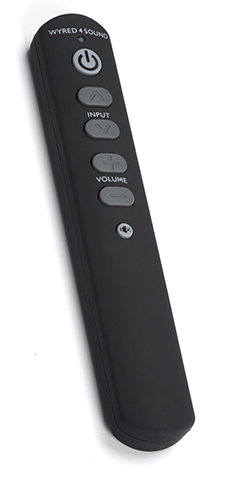 Additional listening
Additional listening 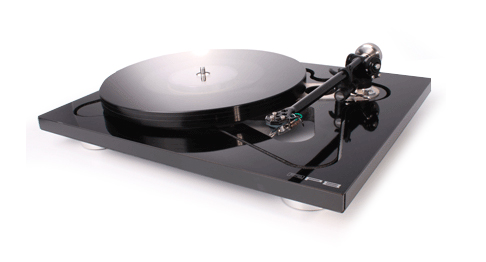
 The nitty gritty
The nitty gritty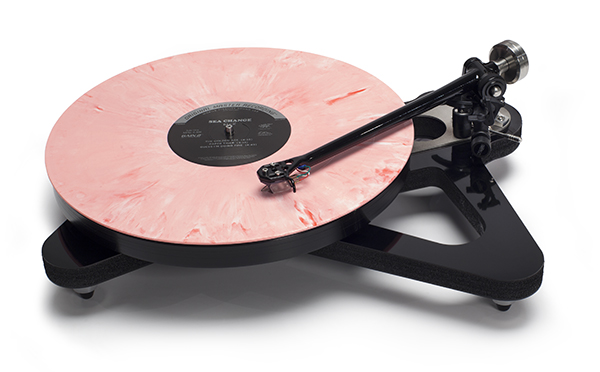 The Rega RP8 Turntable
The Rega RP8 Turntable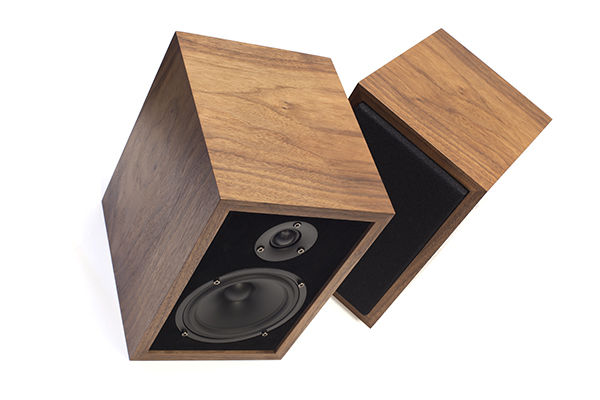 If I had to make a bet, I’d put my money on the Brits taking the prize for understatement.
If I had to make a bet, I’d put my money on the Brits taking the prize for understatement.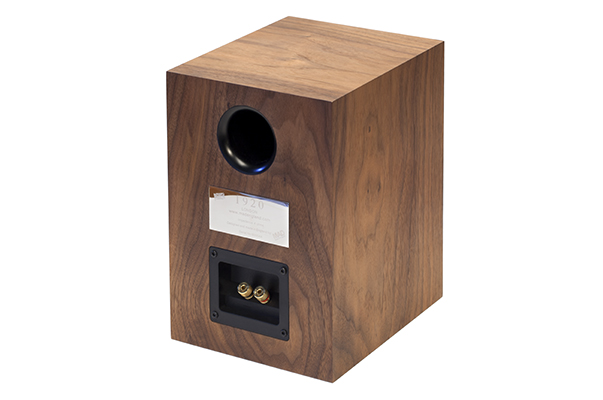 Tonality + Dynamics = Bliss
Tonality + Dynamics = Bliss As part of an ongoing effort to help children and young adults get the best music education possible, Acoustic Geometry made a donation to the Brennan Rock & Roll Academy in Sioux Falls, SD, involving multiple Studio 3D Doors and Studio 6 Windows, the finest soundproof doors and windows available.
As part of an ongoing effort to help children and young adults get the best music education possible, Acoustic Geometry made a donation to the Brennan Rock & Roll Academy in Sioux Falls, SD, involving multiple Studio 3D Doors and Studio 6 Windows, the finest soundproof doors and windows available. It arrived just before I jumped on a plane for the NY Audio Show. It’s big, red and beautiful.
It arrived just before I jumped on a plane for the NY Audio Show. It’s big, red and beautiful.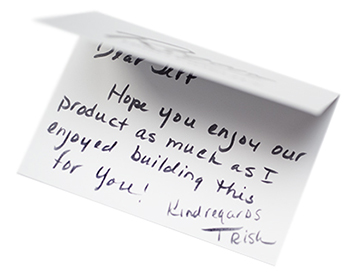
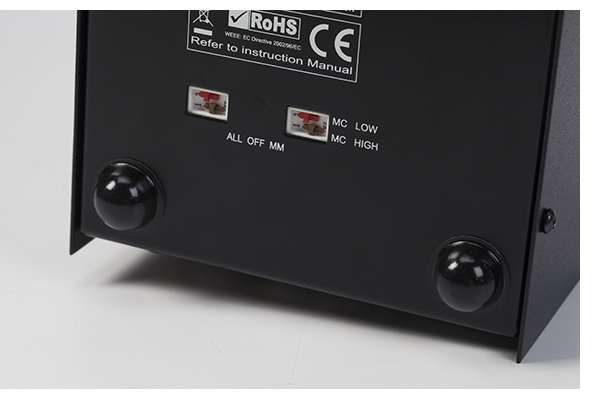 Staging the Phonostage
Staging the Phonostage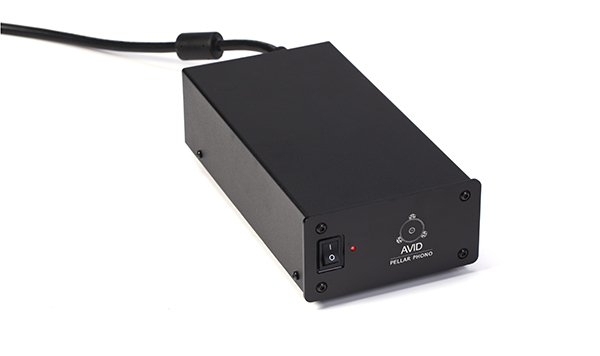 Second Listen:
Second Listen:  It’s as if Sonus faber put the $120,000 Aida speakers in a shrink machine…
It’s as if Sonus faber put the $120,000 Aida speakers in a shrink machine…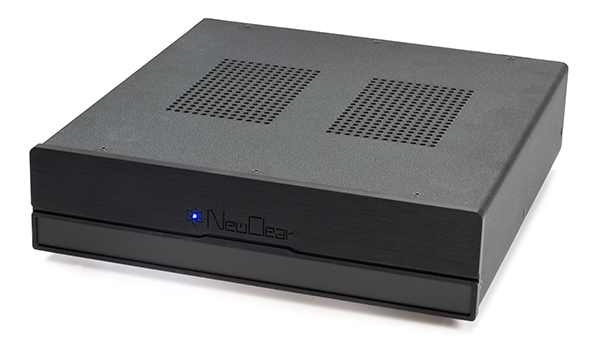 While vacuum tube and solid-state amplifiers continue to improve, the gains have been for the most part evolutionary rather than revolutionary at this stage of the game.
While vacuum tube and solid-state amplifiers continue to improve, the gains have been for the most part evolutionary rather than revolutionary at this stage of the game.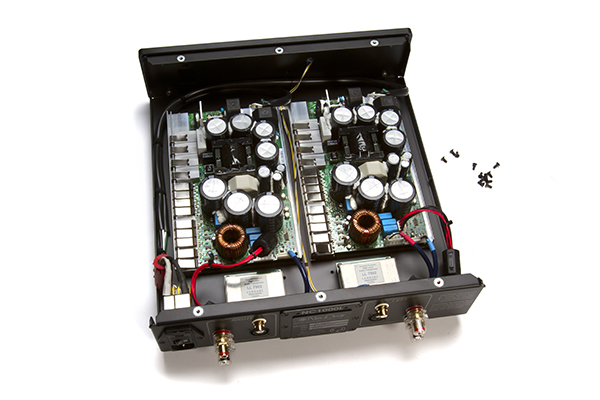 Under the hood
Under the hood The NewClear NC1000 power amplifier
The NewClear NC1000 power amplifier
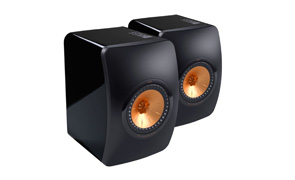 To attend the event, which will include an open bar, show attendees must stop by the KEF suite (No. 926) at the show to pick up a free pass. There, attendees will have the luxury of experiencing first-hand how the LS50 delivers a rich, multi-dimensional soundstage for the ultimate studio experience—even in the smallest of spaces.
To attend the event, which will include an open bar, show attendees must stop by the KEF suite (No. 926) at the show to pick up a free pass. There, attendees will have the luxury of experiencing first-hand how the LS50 delivers a rich, multi-dimensional soundstage for the ultimate studio experience—even in the smallest of spaces.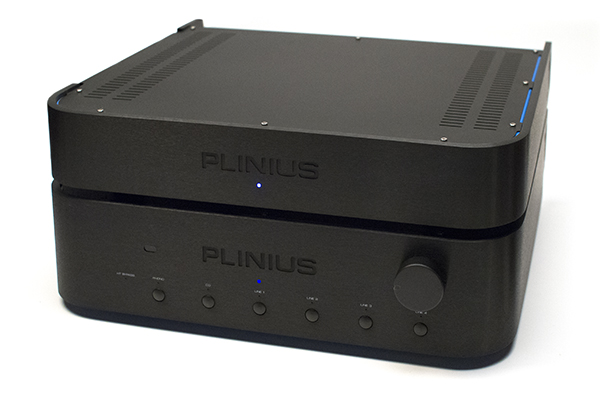 We’ve just received a pair of Plinius Audio’s newest separates, and they are quite impressive.
We’ve just received a pair of Plinius Audio’s newest separates, and they are quite impressive.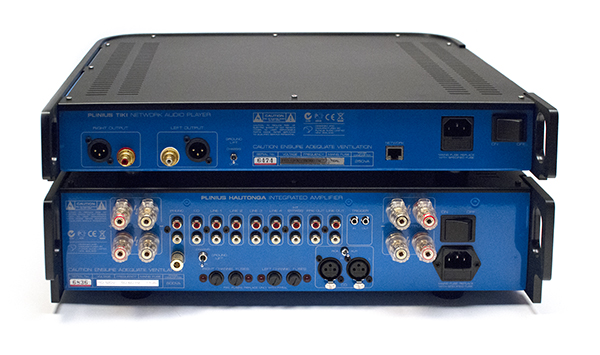
 Cast your glance aside to the RB1000 tonearm. According to Rega, it takes one technician as much time to hand assemble and adjust an RB1000 arm as it does to make 30 RB300’s and it shows the first time you pick that tonearm and set it down on a record. Definitely a work of art.
Cast your glance aside to the RB1000 tonearm. According to Rega, it takes one technician as much time to hand assemble and adjust an RB1000 arm as it does to make 30 RB300’s and it shows the first time you pick that tonearm and set it down on a record. Definitely a work of art.
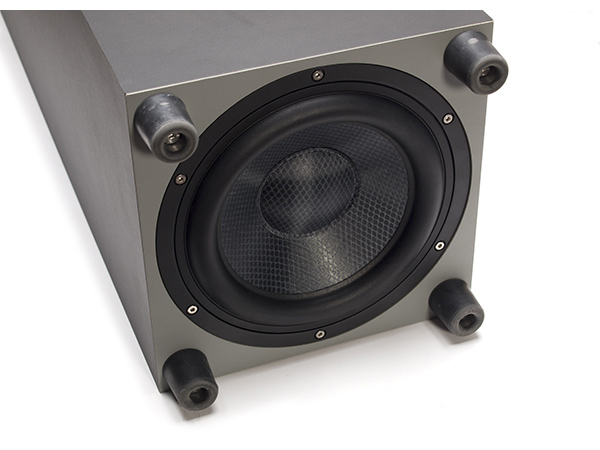
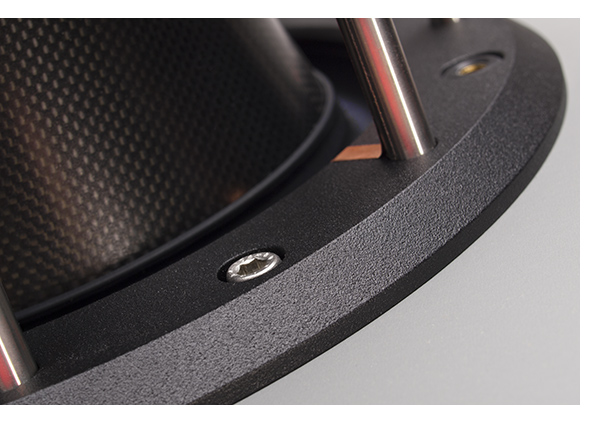 Resolving reality
Resolving reality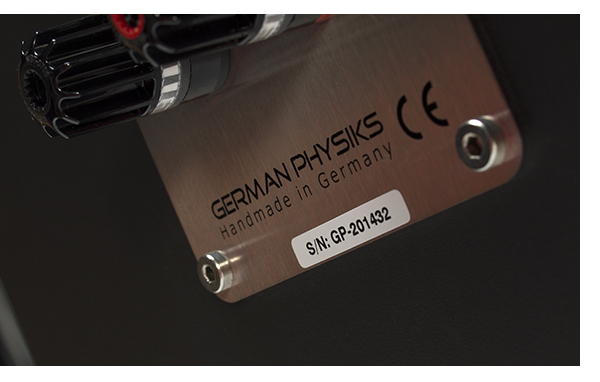 As well as the German Physiks Unlimited speakers perform on a wide variety of music, one of their best attributes is how user friendly they are, as I mentioned in part one of this review. This is a speaker system that requires precious little fuss to setup, so you go instantly to enjoying your music when you bring a pair home.
As well as the German Physiks Unlimited speakers perform on a wide variety of music, one of their best attributes is how user friendly they are, as I mentioned in part one of this review. This is a speaker system that requires precious little fuss to setup, so you go instantly to enjoying your music when you bring a pair home.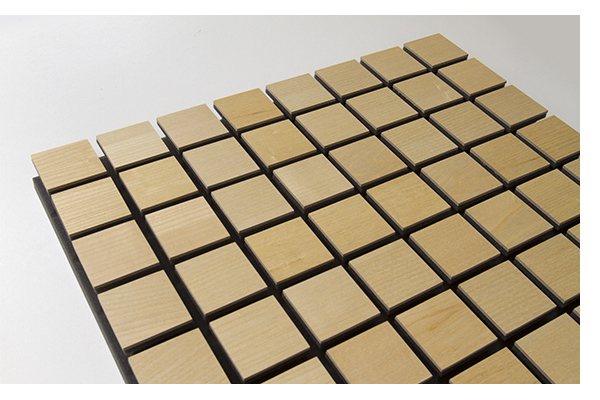 Whether you’ve spent a small, medium or super size pile of cash on your system, chances are good that it’s not delivering the maximum performance that it’s capable of.
Whether you’ve spent a small, medium or super size pile of cash on your system, chances are good that it’s not delivering the maximum performance that it’s capable of.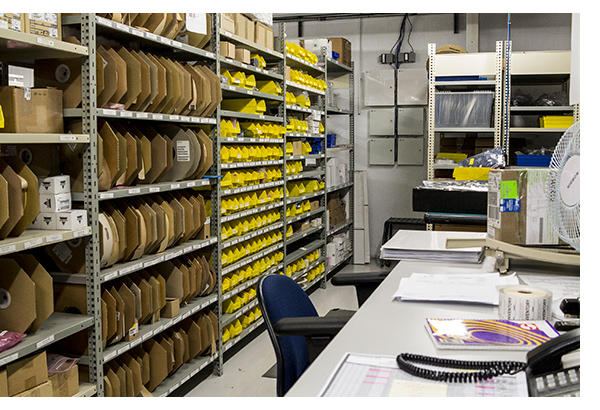 This confirms that breakdowns with Simaudio gear is a rarity, precisely the reason the company offers a 10-year warranty on all of its products. You don’t stay in business for thirty-plus years if you’re mired in constant repair issues. Yet, should the need for service ever occur, the company has a substantial parts inventory on hand.
This confirms that breakdowns with Simaudio gear is a rarity, precisely the reason the company offers a 10-year warranty on all of its products. You don’t stay in business for thirty-plus years if you’re mired in constant repair issues. Yet, should the need for service ever occur, the company has a substantial parts inventory on hand.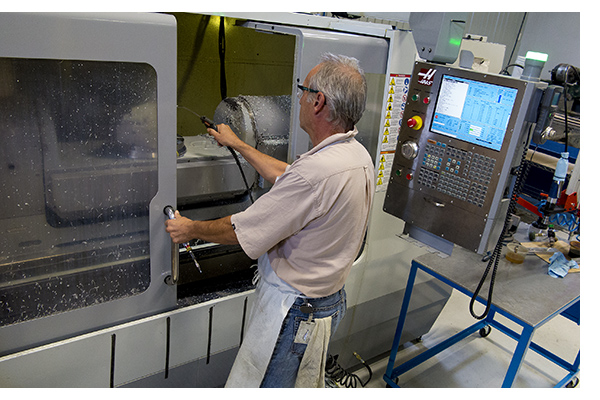
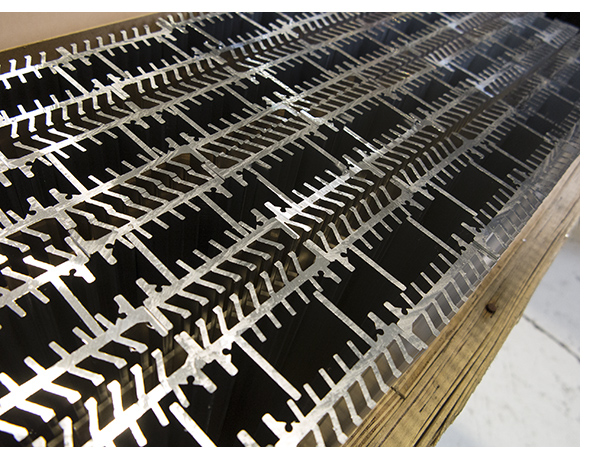 The design team at Simaudio feels that this high-quality casework adds to the finished product in more ways than one. The billet-aluminum enclosures minimize vibration, which results in better performance, but there remains a stringent eye on quality and pride of ownership. Simaudio uses 6063-T5 aluminum, which is not as hard as 6061-T6 aircraft-grade aluminum, but that is superior in appearance, since it can be more finely finished.
The design team at Simaudio feels that this high-quality casework adds to the finished product in more ways than one. The billet-aluminum enclosures minimize vibration, which results in better performance, but there remains a stringent eye on quality and pride of ownership. Simaudio uses 6063-T5 aluminum, which is not as hard as 6061-T6 aircraft-grade aluminum, but that is superior in appearance, since it can be more finely finished.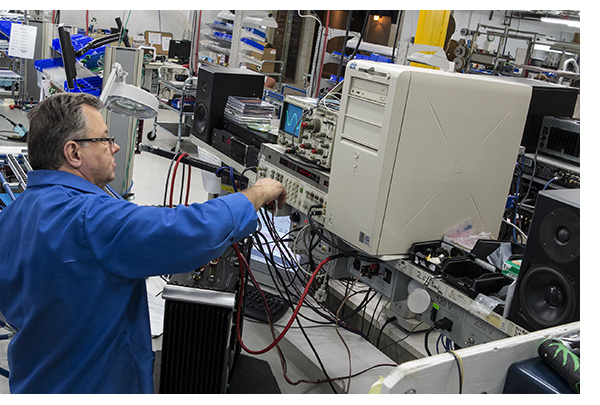
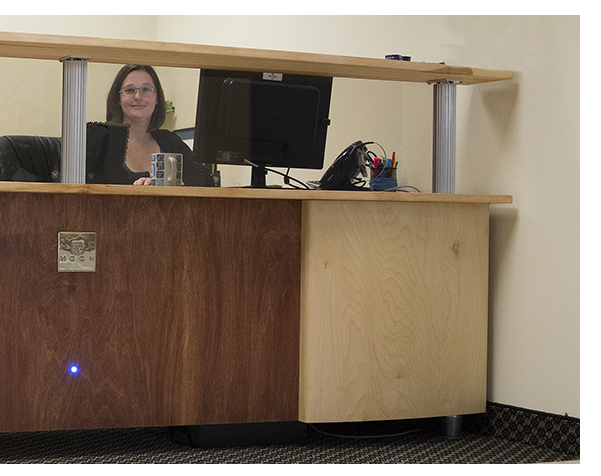 The Difference is in the Details
The Difference is in the Details
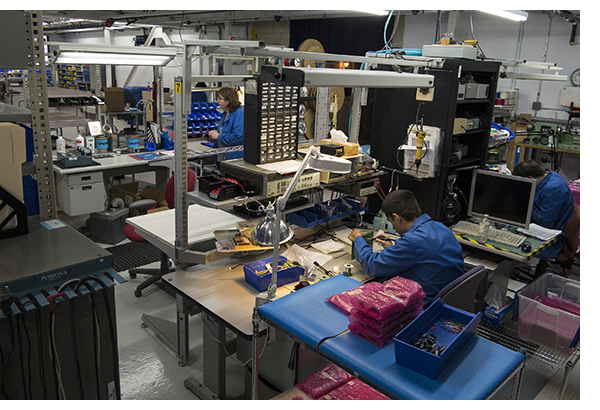
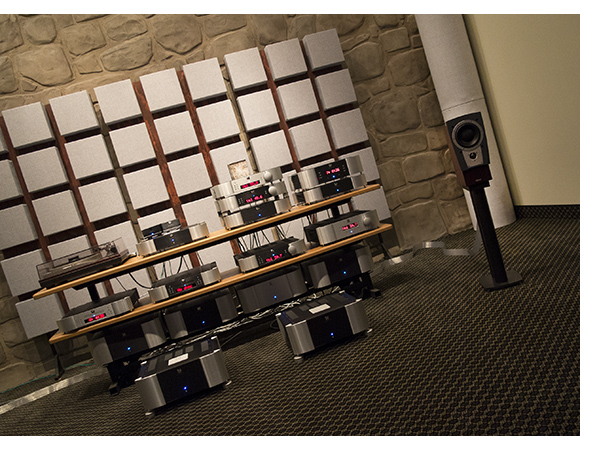 During my visit, the second room was not quite finished, but the main room is most certainly a testament to what great gear can sound like when properly set up. Here, Sim’s latest 850P Dual-Mono Reference Preamplifier, a pair of its 880M Mono Reference Power Amplifiers, the 810LP phonostage and the 750D DAC/CD Transport were driving a pair of Dynaudio Confidence C1 II speakers. As a C1 owner, I came away with a new appreciation for not only how much the room contributes to the overall sound of a system, but also how much more sound lurks in a pair of great speakers when premium electronics are supporting them. The equal level of resolution, tonal purity and ease this system provides again underscores how much care with which Sim builds its components.
During my visit, the second room was not quite finished, but the main room is most certainly a testament to what great gear can sound like when properly set up. Here, Sim’s latest 850P Dual-Mono Reference Preamplifier, a pair of its 880M Mono Reference Power Amplifiers, the 810LP phonostage and the 750D DAC/CD Transport were driving a pair of Dynaudio Confidence C1 II speakers. As a C1 owner, I came away with a new appreciation for not only how much the room contributes to the overall sound of a system, but also how much more sound lurks in a pair of great speakers when premium electronics are supporting them. The equal level of resolution, tonal purity and ease this system provides again underscores how much care with which Sim builds its components.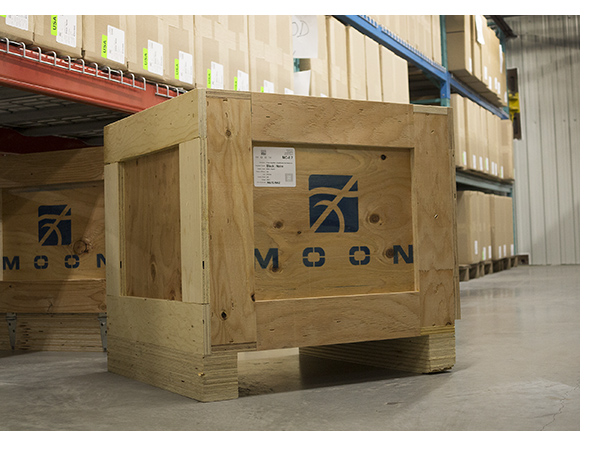
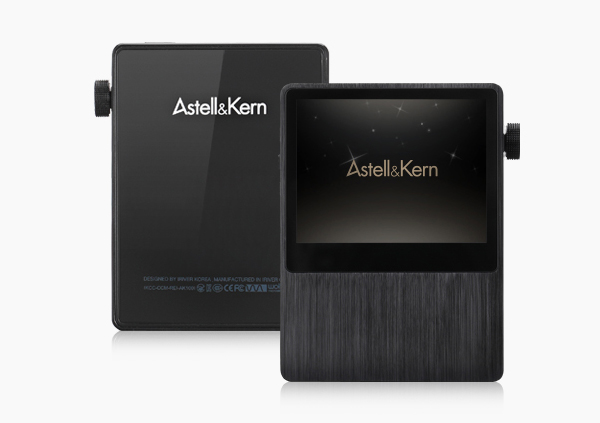 Just when you thought the world of high performance personal audio couldn’t get any more crowded, with a plethora of great DAC’s and headphone amplifiers, iRiver released the AK100 music player.
Just when you thought the world of high performance personal audio couldn’t get any more crowded, with a plethora of great DAC’s and headphone amplifiers, iRiver released the AK100 music player.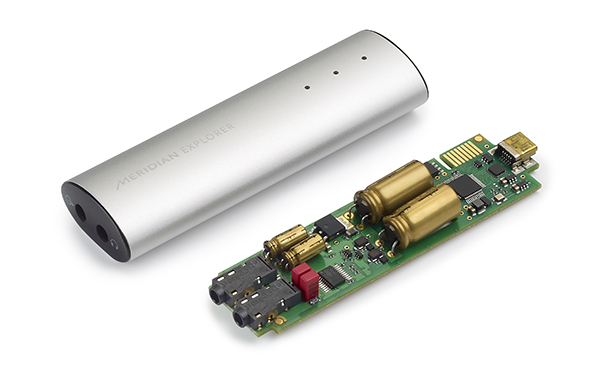 “We are trying to avoid the twisting of the USB socket in the computer that headphones plugged into a USB stick risks,” adds Stuart. “Also, having a USB cable, short or long, gives flexibility on the desk. A longer USB cable allows the audio to happen nearer the point of use.”
“We are trying to avoid the twisting of the USB socket in the computer that headphones plugged into a USB stick risks,” adds Stuart. “Also, having a USB cable, short or long, gives flexibility on the desk. A longer USB cable allows the audio to happen nearer the point of use.”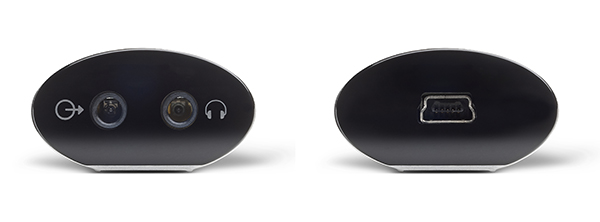 Excellent, Regardless of Sampling Rate
Excellent, Regardless of Sampling Rate